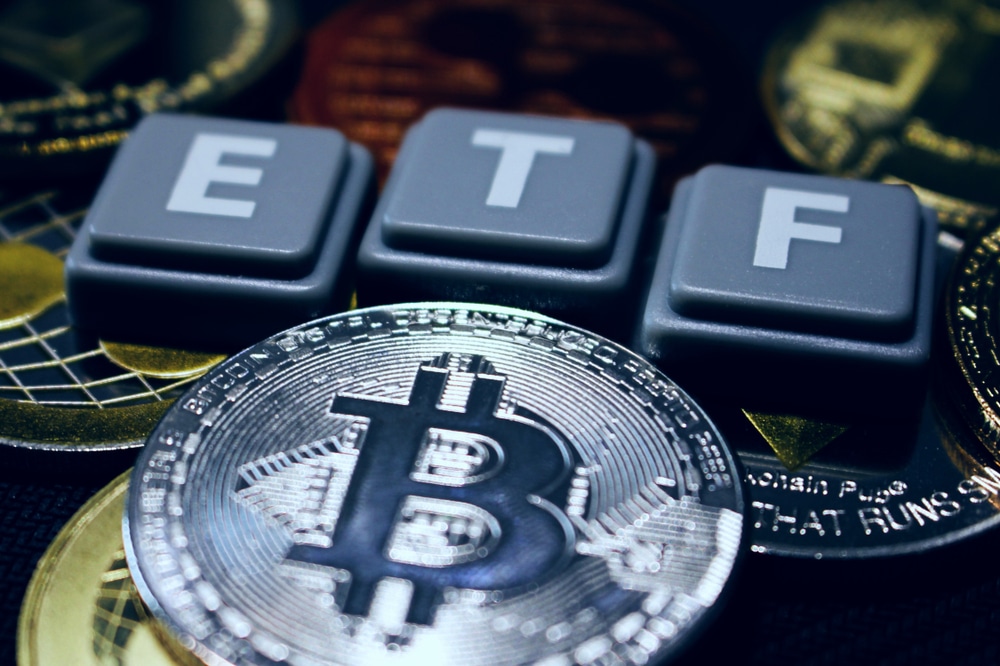FTX’s Path to Redemption Aims to Return Billions to Creditors

Key Insights:
- FTX unveils a plan to return 90% of holdings to affected creditors.
- Revelations expose FTX’s extravagant spending on ventures and endorsements.
- The bankruptcy team’s strategy could see billions returned to FTX users.
The Downfall of a Crypto Titan
FTX experienced a significant decline last November within the cryptocurrency sector. A liquidity issue led to a deficit of $9 billion for the company. The situation intensified when Binance, a prominent crypto exchange, chose to sell its entire holdings of the FTX token, known as FTT. This decision resulted in FTX observing a withdrawal of over $6 billion in three days.
However, amidst the chaos, a beacon of hope has emerged for those affected. The team at the helm of the bankruptcy proceedings has crafted a strategy to allocate the remaining assets to the beleaguered creditors. If approved by the US Bankruptcy Court by December 16, 2023, this strategy could see the return of billions to the pockets of FTX users who had seen their investments vanish overnight.
Details of the Proposed Settlement
The proposal is meticulous in its approach. It suggests a categorization of the missing customer assets into three distinct pools. These are assets from FTX.com, those from FTX.US, and a general pool. The rationale behind this division is to ensure a more streamlined and efficient distribution process.
John J. Ray III, the Chief Executive Officer and Chief Restructuring Officer of the FTX Debtors shed light on this repayment initiative. He emphasized the significance of this proposal in the broader context of the case. From the brink of a potentially catastrophic financial meltdown, the combined efforts of the debtors and their creditors have managed to carve out a path to substantial recovery.
Yet, as with all financial settlements, the devil is in the details. There are specific stipulations tied to this payout. For starters, customers who had withdrawn less than $250,000 from FTX in the nine days preceding the bankruptcy will be eligible to accept the settlement without any deductions. On the other hand, all creditors, irrespective of their withdrawal amounts, will be entitled to a “shortfall claim” from the general pool. This claim is designed to offset the missing assets. However, external factors, such as taxes and claims from governmental bodies, influence the final amount that creditors receive.
Furthermore, the debtors possess the discretion to exclude certain entities from this settlement. This list might comprise insiders, affiliates found guilty of mixing funds, or individuals who manipulated the KYC system to expedite withdrawals during the crisis.
Revelations and Financial Misconduct
In parallel to these developments, startling revelations regarding FTX’s financial conduct have come to light. Nishad Singh, previously in the position of head of engineering at FTX, has made public some alarming financial decisions spearheaded by Sam Bankman-Fried, the founder of the company. Singh’s disclosures paint a picture of a company that squandered vast sums on ventures like real estate, political contributions, celebrity tie-ups, and high-risk investments.
Singh’s revelations are not isolated. They echo the sentiments expressed by Caroline Ellison, the ex-girlfriend of SBF, who had earlier spoken about the flagrant misuse of customer funds by Alameda Research, a sister concern of FTX.
Singh, now cooperating with the prosecution as part of a plea agreement, did not mince words about his involvement in these financial misadventures. On multiple occasions, he had conveyed his reservations to Bankman-Fried about FTX’s spending patterns, which he viewed as both excessive and ostentatious.
To further underscore FTX’s financial commitments, the court presented a detailed spreadsheet from 2021. This document listed investments such as a $1 billion infusion into Genesis, a promise of $499 million to Anthropic, and a hefty $200 million to K5. Singh’s testimony revealed his deep-seated concerns about the K5 investment, leading him to question its source and underlying intent.
DISCLAIMER: It's essential to understand that the articles on this site are not meant to serve as, nor should it be construed as, advice in legal, tax, investment, financial, or any other professional context. You should only invest an amount that you are prepared to lose, and it's advisable to consult with an independent financial expert if you're uncertain. To obtain more information, kindly examine the terms of service and the assistance and support resources made available by the issuing or advertising entity. Our website is committed to delivering accurate and unbiased news, yet it's important to note that market conditions may change rapidly. Also, be aware that some (but not all) articles on our site are compensated or sponsored.








